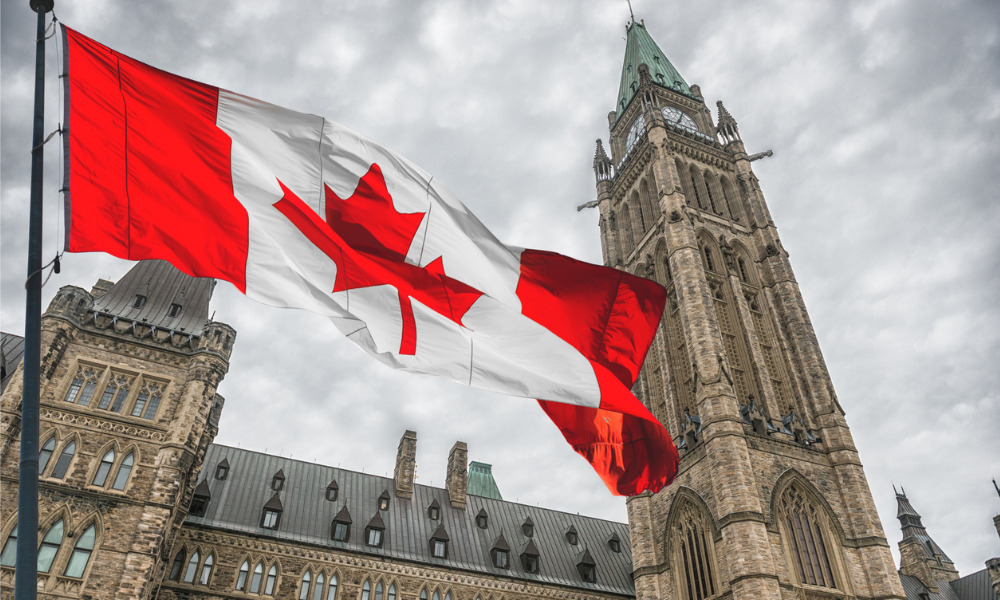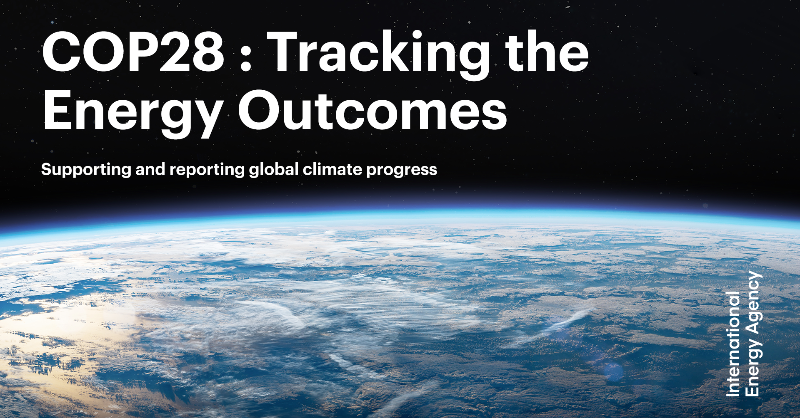Canada Releases Sustainable Jobs Plan to Enable Creation of Good, Middle Class Jobs across Canada

|
Listen to this story:
|
Canada has what it takes to be a clean energy and technology supplier of choice in a net-zero world.
A net-zero emissions economy represents significant opportunities for Canadians – to secure and create jobs, to grow our industries, and to lead the world with the resources and technologies it will need for generations to come. With highly skilled and dedicated workers, abundant natural resources and energy sources critical for a net-zero future, and a thriving clean technology industry, Canada is uniquely positioned to seize the moment.
The Government of Canada is committed to ensuring that the Canadian economy continues to lead as the world builds a net-zero economy. With historic investments in critical areas like critical minerals, hydrogen, carbon capture technologies, electric vehicles and more, the Government is positioning Canada for economic success in the years and decades to come. Central to this ambition is ensuring that workers in every region of this country have what they need to keep leading the way forward.
That is why today, the Honourable Jonathan Wilkinson, Minister of Natural Resources, the Honourable Seamus O’Regan Jr., Minister of Labour, and the Honourable Carla Qualtrough, Minister of Employment, Workforce Development and Disability Inclusion, released the Government of Canada’s interim Sustainable Jobs Plan. This interim plan for 2023-2025 sets an initial frame for the Sustainable Jobs Action Plans that will be released every five years starting in 2025. The Government of Canada’s first Sustainable Jobs Action Plan will be developed over the next two years in close collaboration with provinces and territories, Indigenous partners, labour partners, industry, and other key partners to guide efforts over the coming years and decades.
This interim plan defines the federal government’s commitment to make progress on 10 key action areas:
- Establish the Sustainable Jobs Secretariat;
- Create a Sustainable Jobs Partnership Council;
- Develop economic strategies through the Regional Energy and Resource Tables;
- Introduce a sustainable jobs stream under the Union Training and Innovation Program;
- Advance funding for skills development towards sustainable jobs;
- Promote Indigenous-led solutions and a National Benefits-Sharing Framework;
- Improve labour market data collection, tracking and analysis;
- Motivate investors and draw in industry leadership to support workers;
- Collaborate and lead on the global stage; and
- Establish legislation that ensures ongoing engagement and accountability.
This Plan is an essential component of the Government’s strategy for building a sustainable, prosperous economy for years and decades to come.
The Plan represents a first step, not an endpoint. In each of these 10 areas, the coming years will be a chance to work together with provinces and territories, Indigenous partners, labour partners, industry, and other key partners to implement these 10 action areas.
See related article: Canada to Require 100% of New Cars Sold to be Zero Emission Vehicles by 2035
Key to these priorities is the Government of Canada’s commitment to introduce sustainable jobs legislation in 2023, which will include a framework for accountability, engagement and transparency. Specifically, the legislation will include guiding principles, governance structures and reporting requirements, including a requirement for the Government to prepare and implement Sustainable Jobs Action Plans starting in 2025, and every five years thereafter. Finally, the Plan includes a What We Heard Report from the public consultations that have taken place over the past two years.
This interim plan is informed by over two years of consultations and conversations with provinces and territories, Indigenous Peoples, workers and unions, industry, environmental and civil society organizations and interested Canadians.
The Government of Canada will continue to work with workers and unions partners, industry, Indigenous partners, provinces and territories, and civil society to ensure that Canadians in every region have good, sustainable jobs for decades to come as we grow our economy and build a clean, healthy future for generations to come.
Quotes
“Canada has what it takes to become the clean energy and technology supplier of choice in a net-zero world. With this plan, the federal government is taking yet another step forward to ensure that Canada’s workers have the skills and support necessary to seize this generational opportunity.”
The Honourable Jonathan Wilkinson, Minister of Natural Resources
“There’s huge opportunity coming for workers. Building the net-zero economy means hundreds of thousands of good jobs – good, union jobs. We’re going to make sure that Canadian workers have the tools they need to get them..”
The Honourable Seamus O’Regan, Jr., Minister of Labour
“Canadian workers are poised to take full advantage of the many opportunities that will come with a net zero future. This plan will help ensure our workforce is skilled and trained to capitalize on these opportunities.”
The Honourable Carla Qualtrough, Minister of Employment, Workforce Development and Disability Inclusion
“The Sustainable Jobs interim plan and its vision to connect with the work of industries and partners already underway in communities across Canada is a strong next step toward reaching our net-zero targets. We know transition pathways will be the most effective, sustainable, and equity-focused when they are rooted in tangible opportunities for workers and communities, and we are committed to working with partners to identify and scale opportunities in the future.”
Pedro Barata, Executive Director, Future Skills Centre
“Canadian unions welcome a worker-centered approach to creating jobs in the net-zero economy. We are pleased to see the government committed to having workers at the table as part of the decision-making process as the world of work changes. The next thing workers will be looking for are the real dollar investments and commitments to net-zero pathways, and the good union jobs these will create.”
Bea Bruske, President of the Canadian Labour Congress
“The Sustainable Jobs Plan represents a strong signal the Government of Canada has heard the concerns of organized labour around ensuring there will be meaningful job opportunities in the low carbon economy for our members, while maintaining and building upon Canada’s natural resource advantage. By continuing to work with organized labour, the Government is signalling that it is interested in achieving solutions focused on building Canada’s middle class, which will help grow Canada’s economy. We are committed to participating fully to ensure this plan benefits and supports highly-skilled Canadian tradespeople through investments in training and job opportunities.”
Patrick Campbell, Canadian Regional Director, International Union of Operating Engineers
“We are pleased to see Ministers Wilkinson, O’Regan and Qualtrough release the Government of Canada’s Sustainable Jobs Plan which lays out the path forward towards net-zero and job creation. It is crucial for workers to see that they play an integral role in the Government’s plan to combat climate change by ensuring that sustainable jobs are decent, well-paying, high-quality jobs that can support workers and their families. The International Brotherhood of Electrical Workers looks forward to continuing to work with the Government on the path forward for Sustainable Jobs.”
Russ Shewchuk International Vice-President of the International Brotherhood of Electrical Workers (IBEW) First District, Canada
“Canada has the opportunity to create a legacy of skills development and good, middle-class jobs as we transition to net-zero. Canada’s Building Trades Unions are pleased to continue to work closely with the Government to ensure the Sustainable Jobs Plan provides solutions that keep workers at the forefront including enhanced apprenticeship and training programs for displaced workers; more opportunities for equity-deserving groups; an effective, mobile workforce; and the inclusion of high labour standards linked to clean technology that will grow Canada’s skilled trades workforce.”
Sean Strickland Executive Director, Canada’s Building Trades Unions
Quick facts
- The Royal Bank of Canada estimates the net-zero transition could create up to 400,000 new jobs in Canada by the end of this decade alone.
- In addition to the above investments, the Government of Canada has developed certain targeted tax measures that work to support a net-zero future and the creation of sustainable jobs, including:○ First announced in Budget 2021, an Investment Tax Credit for Carbon Capture, Utilization and Storage where the amount of the credit is determined by the type of equipment, modified by the ratio of CO2 expected to be stored via eligible uses.○ A new Critical Mineral Exploration Tax Credit announced in Budget 2022 for specified mineral exploration expenses incurred in Canada.○ The new Investment Tax Credits for Clean Hydrogen and Clean Technologies announced in the 2022 Fall Economic Statement. Labour conditions will be attached to these investment tax credits, including requirements to pay prevailing wages based on local labour market conditions and create apprenticeship training opportunities. Further details of these tax credits will be announced in Budget 2023.
- NRCan held consultations on the Sustainable Jobs Plan and legislation starting in August 2021. A total of 17 engagement sessions were held with nearly 190 participants, and more than 30,000 emails and 75 detailed submissions from Canadian organizations were received. Views from every province and territory were expressed and engaged with.
- As of last Fall, Canadian employers were trying to fill more than one million job vacancies. A significant number of those vacancies (243,400) were in the professional, scientific, technical, construction and manufacturing sectors, which were already facing labour shortages before the pandemic.
- It is anticipated that an aging population and declining workforce participation will exacerbate labour shortages over the long term. It is estimated that some 600,000 workers may retire over the next three years.
- In 2022, the Government launched the Regional Energy and Resource Tables to establish partnerships with each province and territory, as well as formal collaboration with Indigenous partners, labour and industry to identify, prioritize and pursue opportunities for economic growth in Canada’s energy, resource and resource-enabled sectors through the development of regional work plans.










